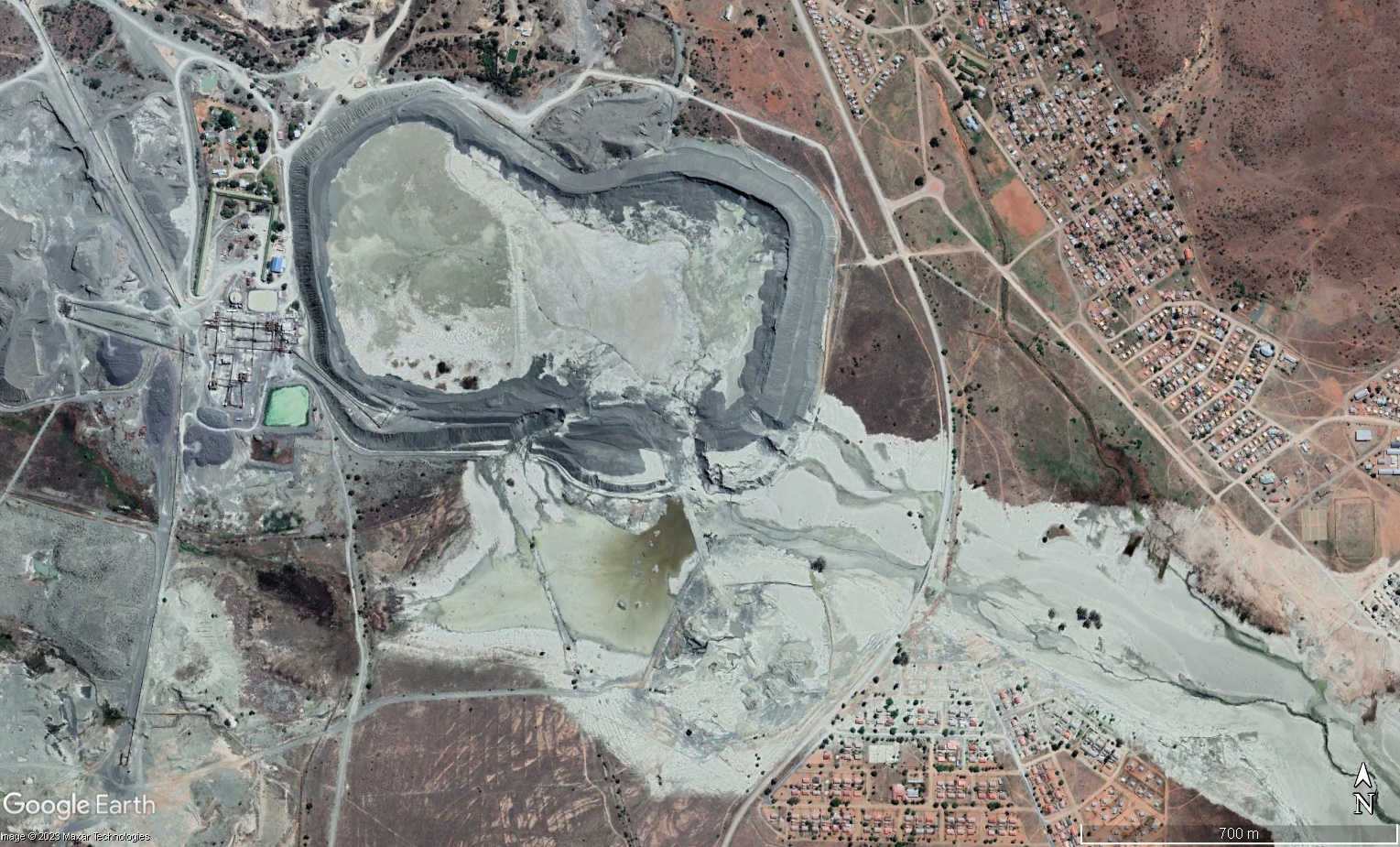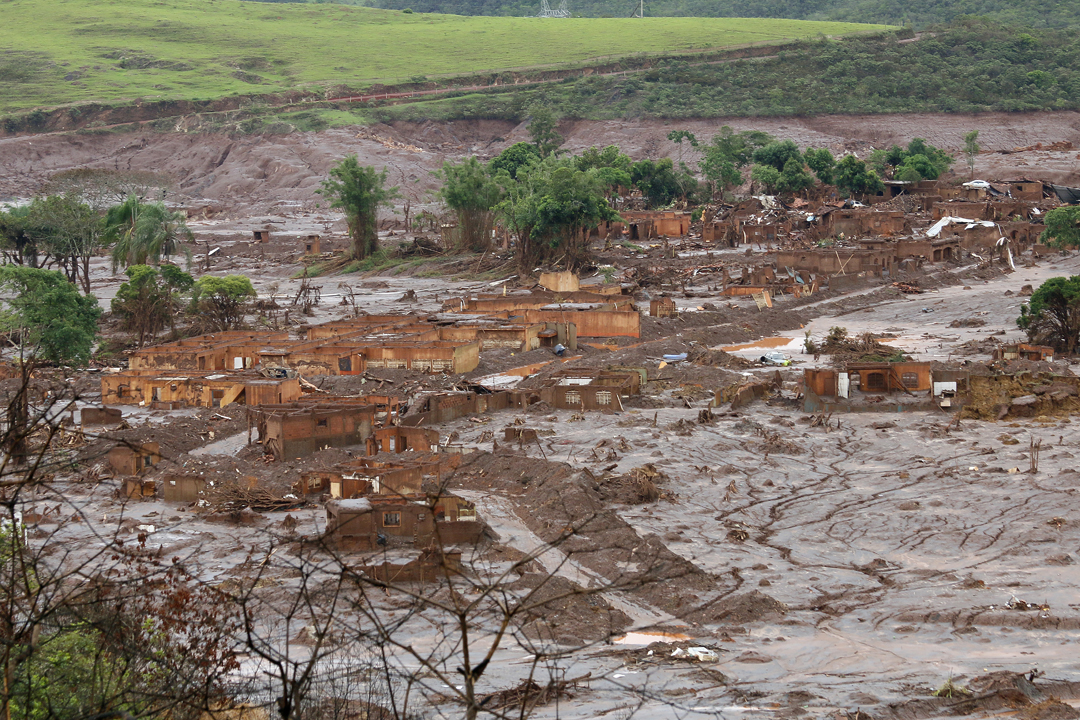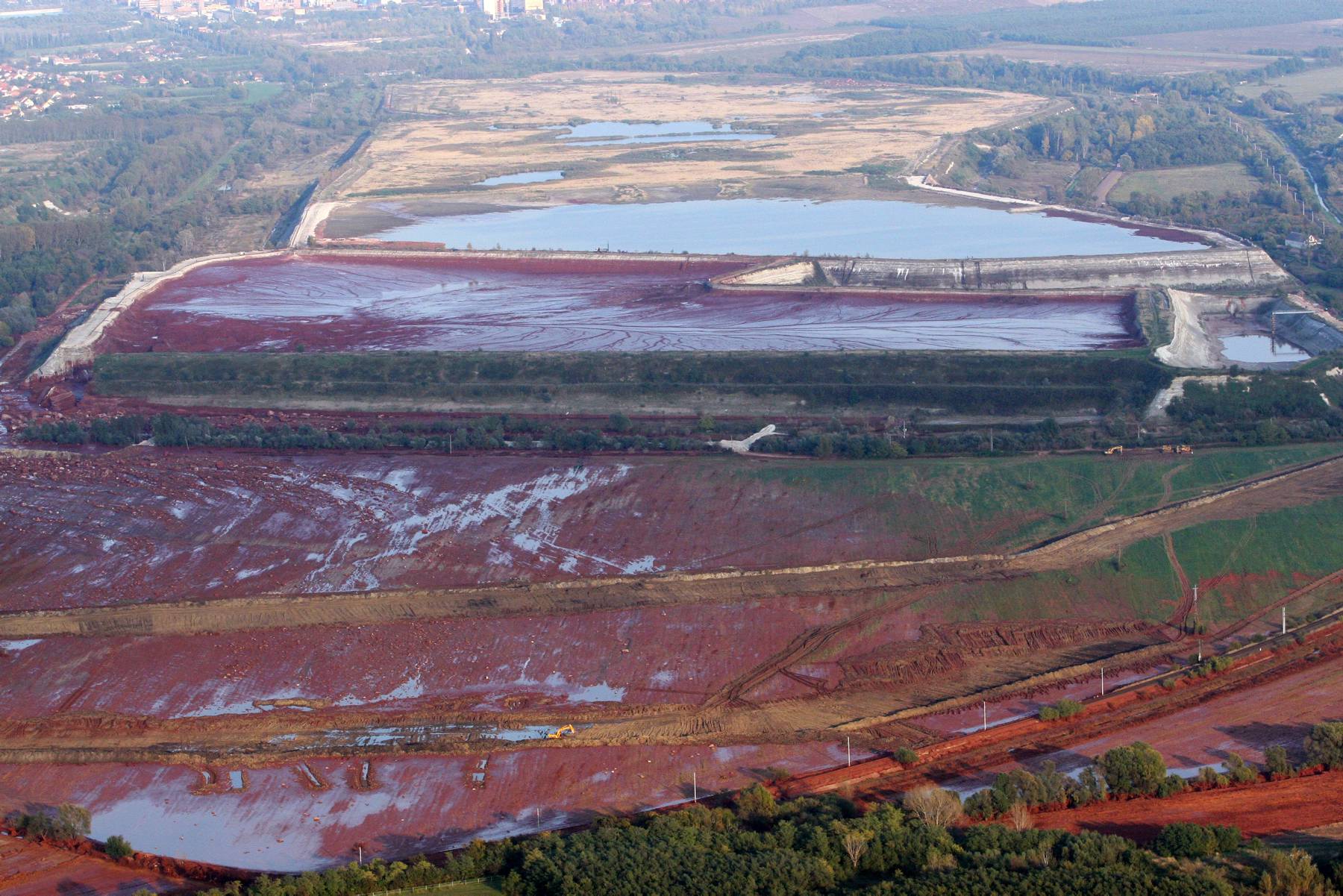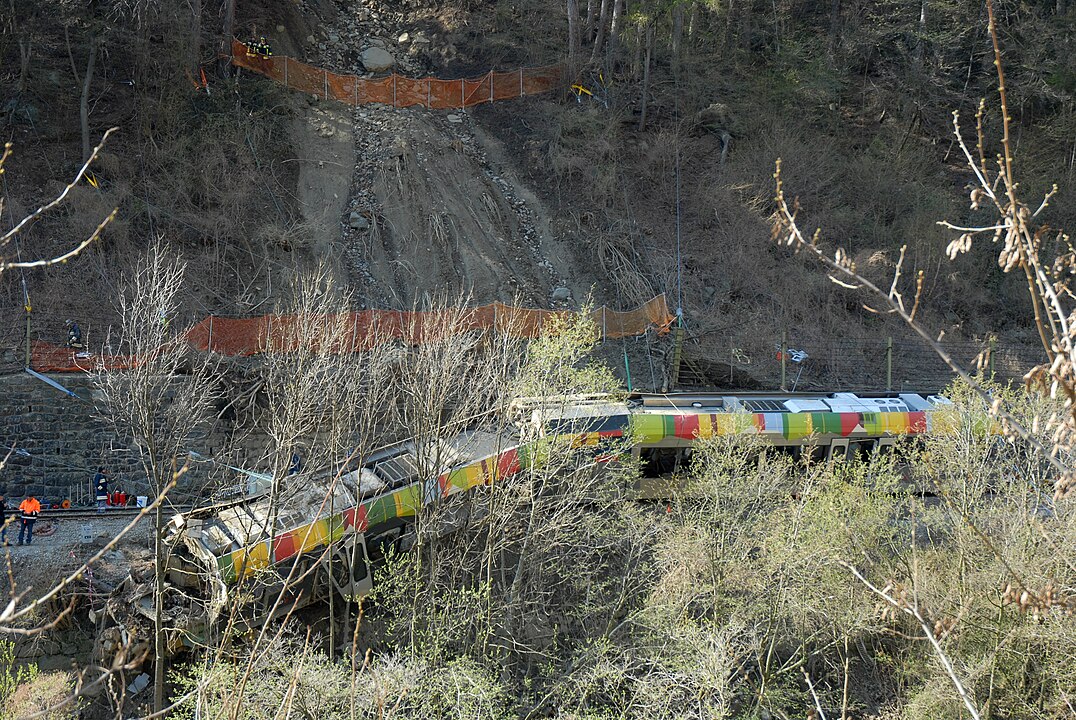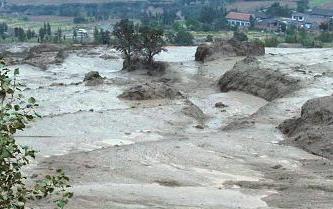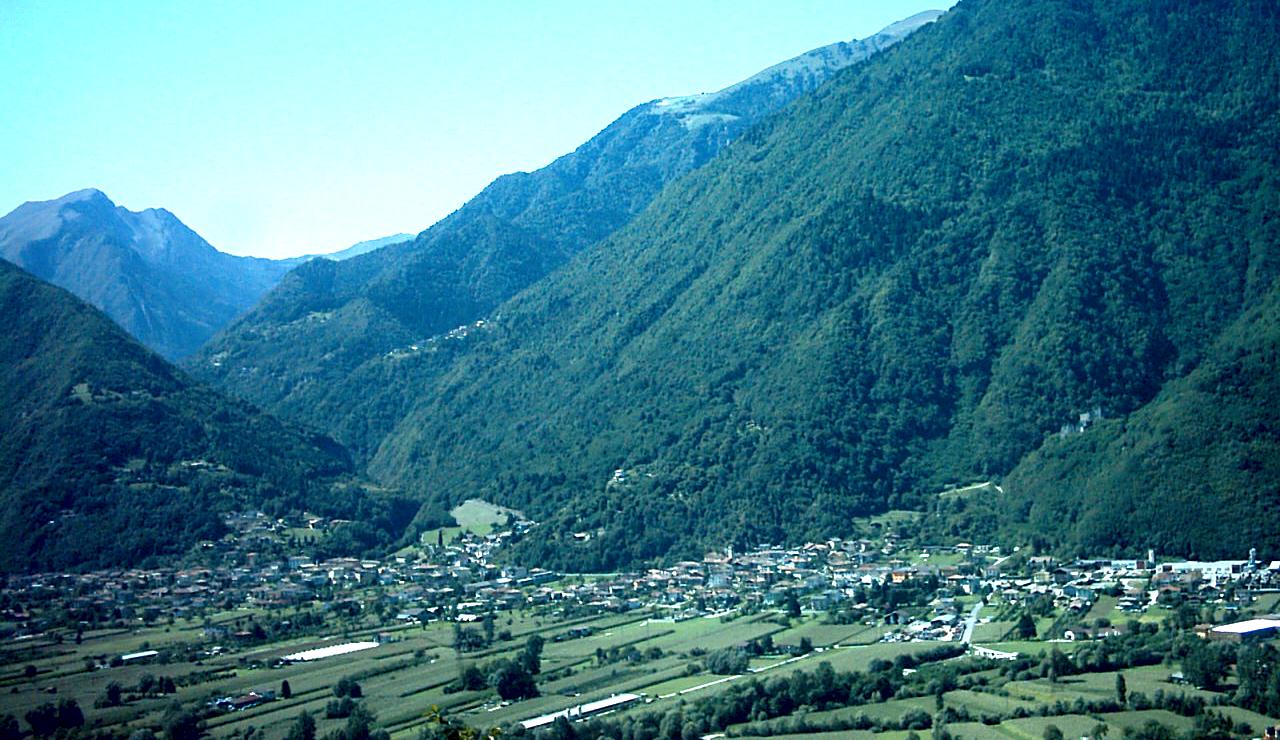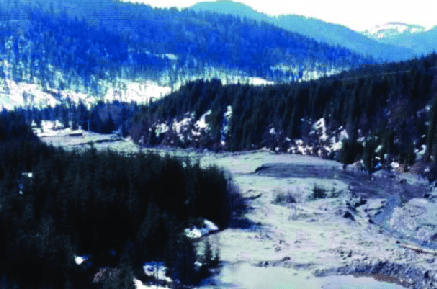Failures of tailings dams – A growing trend
A simple analysis of the number of incidents affecting tailings dams (total failures, as at the Fundão tailings dam uphill of Bento Rodrigues in Brazil, or partial failures, as at the Merriespruit tailings dam in South Africa) shows us that there is a growing trend. Since the systematic survey of failures of tailings dams started in 1961, there were 22 incidents up to 1971, with an average of 2.2 incidents per year. Then, from 2009 to 2019, 36 incidents occurred, with an average of 3.6 incidents per year. This growing trend over recent years is witnessed by the fact that



